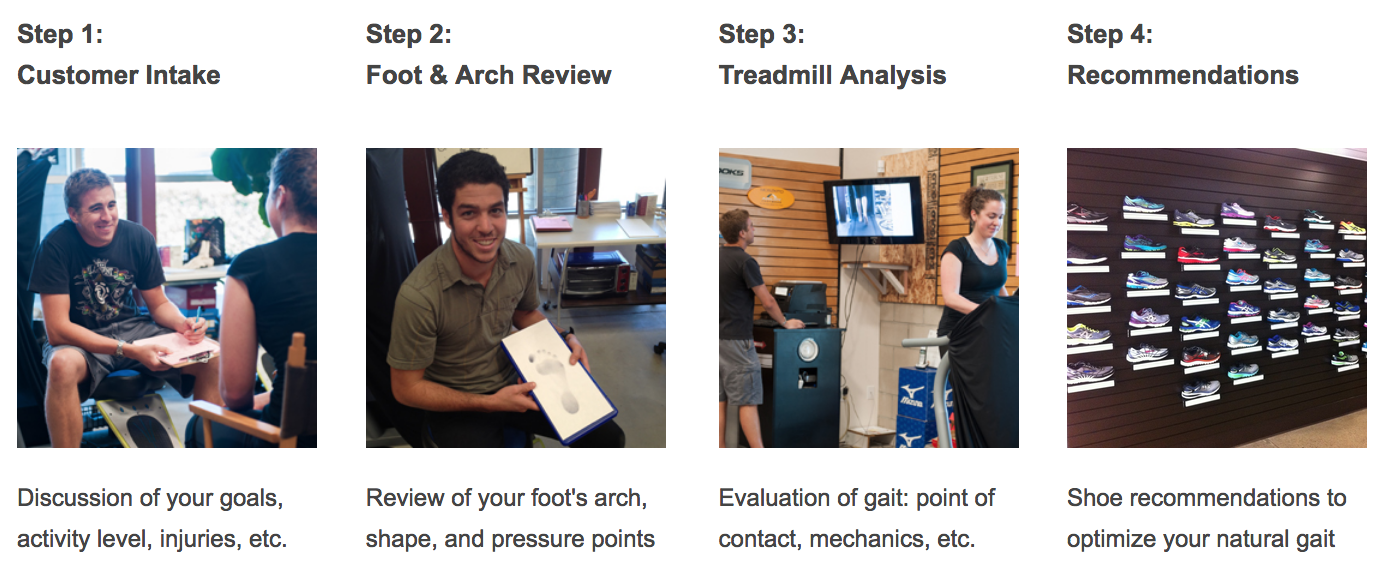Running, while being one of the healthiest human activities, is also pretty tough on the body. Both elite athletes and casual joggers can suffer from the same stress and fatigue-related injuries running can cause. Understanding the causes and treatments for these injuries is vital to keeping your shoes laced up.

There are a number of places that shin splints can originate from, but the root issue in virtually every case is the over-use of muscles along the tibia (lower leg). When these muscles are forced to deal with significantly more stress than they are used to, the connective tissue is unable to effectively recover from the excess trauma.
While shin splints are rarely caused by one specific event, and are more commonly a “straw that breaks the camels back” situation, there are a few red flags to watch out for.
Most Common Causes
Too Much, Too Soon:
One of the most vulnerable and tricky times to maneuver for runners is the “starting back up” or “returning from injuries” phase. Running too far or at too high of an intensity when your muscles are still trying to build up strength is a fail-safe way to cause injuries, especially shin splints.
Old/Incorrect Running Shoes:
The type of shoes you are wearing dictates how your body responds to the effects of running. If your shoes are broken down or don’t have the structure or support that’s right for your style of running, your shins and ankle will compensate and take on more stress than they are used to. Getting an expert custom gait analysis can help put you in the correct shoe.
Prevention
Shoe Fitting:
One of the biggest benefits to getting fitted for quality running shoes is finding the right arch and ankle support. When feet make contact with the ground, most of the time people will pronate (roll their ankle inward) and the arch will flex and stretch. Fitting for shoes that match your arch and ankle mechanics will help avoid all of the shin and high ankle trauma that usually leads to shin splints. The image below outlines the shoe fitting process at GH Sports, which also includes orthotic recommendation.

Strength/Recovery:
There are over 100 individual muscles, tendons, and bones in the human foot, and your foot’s health and strength is vital in preventing shin splints. There are plenty of easy and effective exercises (like doing barefoot calf raises and writing the alphabet with your foot by pointing and flexing your toes as if you are writing each letter in the air) that strengthen key stabilizing areas, allowing the muscles in your shin to handle the loads that it is naturally built for. Additionally, properly warming-up and cooling down helps ease muscles between states of high stress, and releases tension after exercise.
If you are currently sidelined by shin splint, the best recovery is to keep off of your feet as much as possible, and ease back into activity with patience.
For the most part, running injuries originate in the foot, and the rest of your body reacts to its signals. Shin splints follow this trend, and the biggest service you can do for yourself is strengthen and support your feet. Happy running.
Leave a Reply